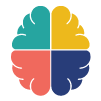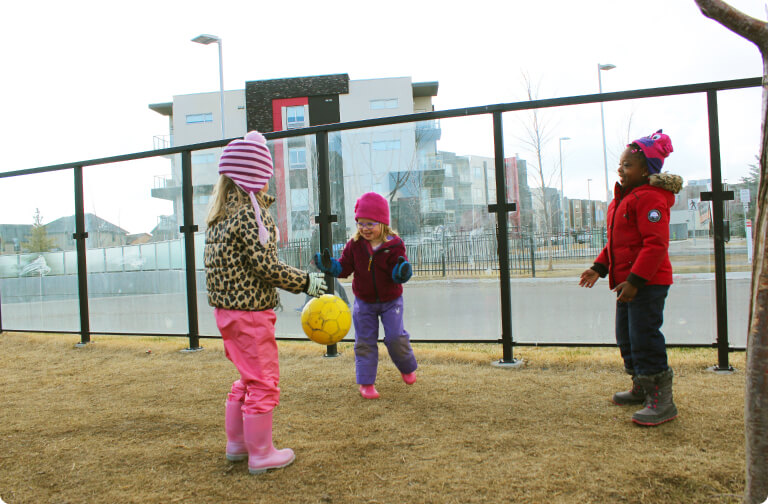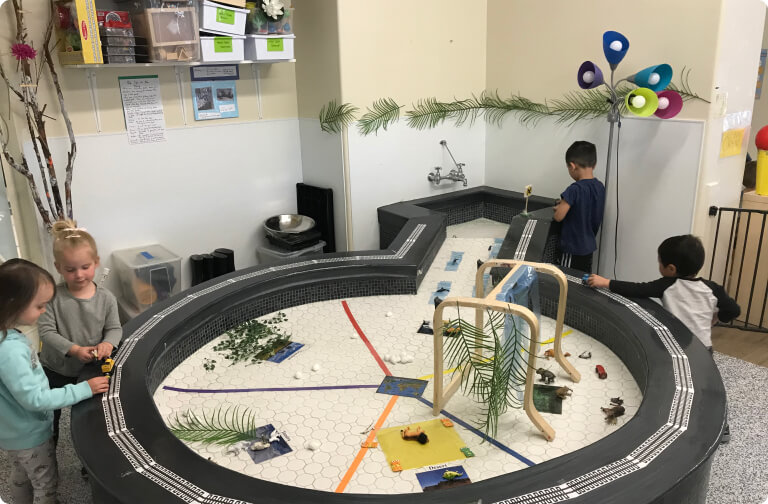As parents, we aim to nurture our children in a well-rounded, holistic manner. We dedicate considerable time to investigating high-quality preschool programs, to provide our children with the most advantageous opportunities. You can get lost in a sea of questions, top of mind, how to choose the right preschool? It is crucial to be mindful during this exploration, as it is easy to become fixated on specific educational approaches or ideologies that may require our children to conform to a particular philosophy, potentially overlooking their unique interests, needs, and abilities. Early education in Calgary certainly has options, but how do you choose the best option for your child?
The LRM Approach (left brain, right brain, movement) offers a comprehensive and holistic approach to child development. By exposing children to a variety of learning experiences, teaching methods, and opportunities for executive function development, children are set up for success in all areas of their lives. The combination of left brain, right brain, and movement curriculum provides a well-rounded early education that caters to the diverse needs and strengths of each child. Every student is unique in the way they learn and respond to different experiences, so why not expose them to as many rich experiences as we can during their formative years? The LRM approach develops fluid intelligence in young learners, focussing on how to learn, not what to learn.

In this activity, the child is transferring acorns from one bowl to another. This activity can be done with almost any small object. The concept of transferring from left to right supports early literacy development, as children will also learn to read from left to right.

Here you see a child writing on an envelope. Students have been learning about the postal system, creating and delivering mail! The children felt motivated to write when they learned what is written on envelopes before they go into the mailbox. The interest came from a walk in the community when the mailbox was spotted. “What is this for?” is the basis for inquiry and discovery!

Throwing, kicking, rolling and bouncing a ball activate different pathways in the brain and use different muscles and systems in the body. Children also develop flexible thinking when they use a material in more than one way! There are so many creative ideas to encourage movement that you can do using objects that you already have at home. Walk on a line using painter’s tape on the carpet for an easy visual and an even easier cleanup! Lay on your back and place a toy on your tummy- practice deep breaths and watch the toy go up and down. Teaching children to regulate their bodies to suit the activity (high energy and low energy) builds their impulse control and emotional regulation.
Could you choose just 1 of these curriculums to best fit your child? Or after reading about each one, do you want it all? By being exposed to all of these curriculums, children will find their niche. Some children are very expressive and thrive in a Right Brain environment that offers dramatic play, but need the logic of the left brain to understand the role of money in their play restaurant. Others may be most comfortable in the structure of the left brain environment but need a creative outlet. For my child, she needed movement to help her focus in the other environments. Once she felt physically regulated, she could tackle any task and even challenge herself to initiate and complete tasks independently.
The benefits of the LRM approach are not just regarding curriculum exposure. By transitioning between multiple environments, children are shown that in life, things change. Fluid intelligence. By transitioning students to different environments and activities, we are wiring their brains to be flexible. Later in life when something unexpected comes along, their brain will be equipped with the tools they need to embrace change, to adapt and make peace with what they may not always have control over. They are exposed to new ideas and ways of thinking. Students are presented material in different ways in the hopes that they will make a connection.

Parents & teachers are partners in raising the next generation of citizens.
– Trisha Skinner, Fueling Brains Instructional Coach
Opening Hours
Braeside CampusMon - Fri
7:00 am - 5:30 pm
Sat
-
Opening Hours
Bridgeland CampusMon - Fri
7:00 am - 5:30 pm
Sat
-
Opening Hours
Centennial CampusMon - Fri
7:00 am - 6:00 pm
Sat
-
Opening Hours
MCKNight CampusMon - Fri
7:00 am - 5:30 pm
Sat
-
Opening Hours
New Brighton CampusMon - Fri
6:30 am - 6:00 pm
Sat
-
Opening Hours
Strathmore CampusMon - Fri
6:30 am - 6:00 pm
Sat
-
Opening Hours
Walden CampusMon - Fri
7:00 am - 5:30 pm
Sat
-
Opening Hours
West 85th CampusMon - Fri
6:30 AM - 6:00 PM
Sat
-


















